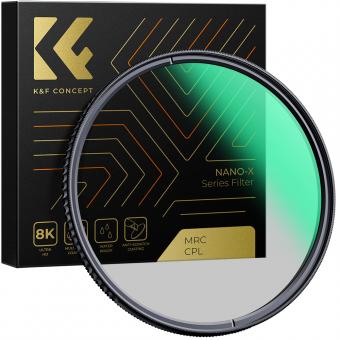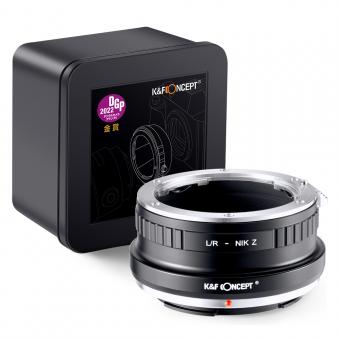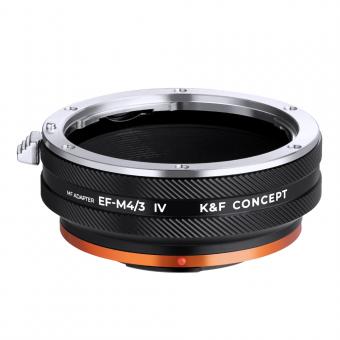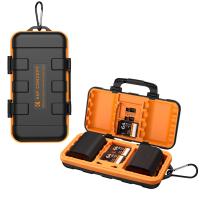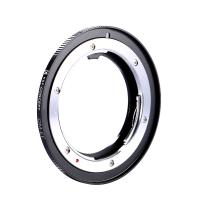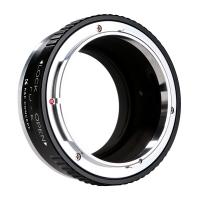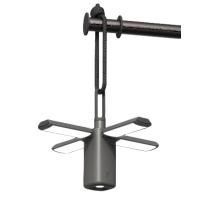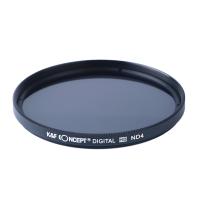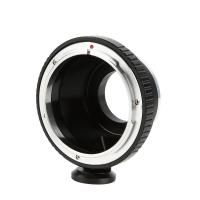How Is Microscopic Colitis Diagnosed ?
Microscopic colitis is typically diagnosed through a combination of medical history evaluation, physical examination, and laboratory tests. The gold standard for diagnosis is a colonoscopy with biopsies. During this procedure, a flexible tube with a camera is inserted into the colon to examine the lining and collect tissue samples for analysis. The biopsies are then examined under a microscope to look for characteristic changes in the colon tissue, such as increased lymphocytes or collagen deposits. Other tests that may be performed include stool tests to rule out infections or other causes of diarrhea, blood tests to assess for inflammation or other underlying conditions, and imaging studies like CT scans or MRIs to evaluate the colon and rule out other diseases. It is important to consult with a healthcare professional for an accurate diagnosis and appropriate management of microscopic colitis.
1、 Clinical evaluation and symptom assessment
Microscopic colitis is a type of inflammatory bowel disease that primarily affects the colon. It is characterized by chronic watery diarrhea and inflammation of the colon lining, which can only be seen under a microscope. To diagnose microscopic colitis, a combination of clinical evaluation, symptom assessment, and diagnostic tests is typically employed.
Clinical evaluation involves a thorough medical history review and physical examination by a healthcare professional. The doctor will inquire about the patient's symptoms, such as diarrhea frequency and consistency, abdominal pain, weight loss, and any associated factors. They will also assess the patient's overall health and look for signs of dehydration or malnutrition.
Symptom assessment is crucial in diagnosing microscopic colitis. The characteristic symptom is chronic watery diarrhea, which may be accompanied by abdominal pain or cramping. The frequency and duration of diarrhea episodes are important factors to consider. Additionally, the absence of blood in the stool helps differentiate microscopic colitis from other inflammatory bowel diseases.
Diagnostic tests are necessary to confirm the diagnosis of microscopic colitis. The gold standard for diagnosis is a colonoscopy with multiple biopsies. During this procedure, a flexible tube with a camera is inserted into the colon, allowing the doctor to visualize the colon lining and take small tissue samples for examination under a microscope. The biopsies will reveal the characteristic microscopic changes associated with microscopic colitis, such as increased lymphocytes or collagen in the colon lining.
In recent years, there have been advancements in diagnosing microscopic colitis. Some studies suggest that stool tests, such as fecal calprotectin or lactoferrin, may help identify inflammation in the colon. These non-invasive tests can be used as screening tools or to monitor disease activity. However, colonoscopy with biopsies remains the gold standard for definitive diagnosis.
In conclusion, the diagnosis of microscopic colitis involves a combination of clinical evaluation, symptom assessment, and diagnostic tests. A thorough medical history, physical examination, and colonoscopy with biopsies are typically performed to confirm the diagnosis. Stool tests may also be used as adjunctive tools. It is important to consult with a healthcare professional for an accurate diagnosis and appropriate management of microscopic colitis.
2、 Colonoscopy with biopsy
Microscopic colitis is a type of inflammatory bowel disease (IBD) that primarily affects the colon. It is characterized by chronic watery diarrhea and inflammation of the colon lining, which can only be seen under a microscope. To diagnose microscopic colitis, a colonoscopy with biopsy is typically performed.
During a colonoscopy, a long, flexible tube with a camera at the end is inserted into the rectum and guided through the colon. This allows the doctor to visualize the colon and identify any abnormalities or signs of inflammation. If the doctor suspects microscopic colitis, they will take multiple biopsies from different areas of the colon lining.
The biopsies are then sent to a pathologist who examines the tissue samples under a microscope. The pathologist looks for specific microscopic changes in the colon lining, such as an increase in inflammatory cells or damage to the surface epithelium. These changes are characteristic of microscopic colitis and help confirm the diagnosis.
It is important to note that there are two subtypes of microscopic colitis: collagenous colitis and lymphocytic colitis. The diagnostic process for both subtypes is the same, with colonoscopy and biopsy being the gold standard. However, the pathologist may also perform additional tests, such as special staining techniques, to differentiate between the two subtypes.
In recent years, there have been advancements in diagnosing microscopic colitis. Some studies suggest that a non-invasive test called fecal calprotectin may be useful in screening for microscopic colitis. Fecal calprotectin is a marker of inflammation, and elevated levels in the stool may indicate the presence of microscopic colitis. However, colonoscopy with biopsy remains the definitive method for diagnosis.
In conclusion, microscopic colitis is diagnosed through a colonoscopy with biopsy. This procedure allows for direct visualization of the colon and collection of tissue samples for microscopic examination. While there have been advancements in non-invasive testing, colonoscopy with biopsy remains the gold standard for diagnosing microscopic colitis.
3、 Stool analysis for inflammatory markers
Microscopic colitis is a type of inflammatory bowel disease (IBD) that primarily affects the colon. It is characterized by chronic watery diarrhea and inflammation of the colon lining, which can only be seen under a microscope. To diagnose microscopic colitis, several diagnostic methods are used, with stool analysis for inflammatory markers being one of them.
Stool analysis for inflammatory markers involves examining a stool sample for the presence of certain markers that indicate inflammation in the colon. These markers include calprotectin, lactoferrin, and leukocytes. Elevated levels of these markers suggest the presence of inflammation in the colon, which can be indicative of microscopic colitis. However, it is important to note that stool analysis alone is not sufficient to diagnose microscopic colitis definitively.
In addition to stool analysis, other diagnostic methods may be used to confirm the diagnosis of microscopic colitis. These include colonoscopy with biopsy and histopathological examination. During a colonoscopy, a flexible tube with a camera is inserted into the colon to visualize the colon lining. Biopsy samples are then taken from the colon lining and examined under a microscope to look for characteristic features of microscopic colitis, such as increased lymphocytes and collagen deposits.
It is worth mentioning that the latest point of view on diagnosing microscopic colitis emphasizes the importance of clinical presentation and exclusion of other causes of chronic diarrhea. This means that a thorough medical history, physical examination, and exclusion of other potential causes of diarrhea should be done before confirming the diagnosis of microscopic colitis.
In conclusion, while stool analysis for inflammatory markers can provide valuable information in the diagnosis of microscopic colitis, it is not the sole diagnostic method. A combination of clinical presentation, colonoscopy with biopsy, and histopathological examination is necessary to confirm the diagnosis. It is always recommended to consult with a healthcare professional for an accurate diagnosis and appropriate management of microscopic colitis.
4、 Blood tests to rule out other conditions
Microscopic colitis is a type of inflammatory bowel disease (IBD) that primarily affects the colon. It is characterized by chronic watery diarrhea and inflammation of the colon lining, which can only be seen under a microscope. To diagnose microscopic colitis, healthcare professionals typically follow a multi-step approach.
Firstly, a thorough medical history and physical examination are conducted to assess the patient's symptoms and rule out other potential causes of diarrhea. Blood tests may be performed to check for markers of inflammation and to rule out other conditions such as celiac disease, Crohn's disease, or ulcerative colitis. However, it is important to note that there is no specific blood test to diagnose microscopic colitis.
If the symptoms persist and other causes are ruled out, a colonoscopy may be recommended. During this procedure, a flexible tube with a camera is inserted into the colon to examine the lining and collect tissue samples (biopsies) for microscopic analysis. The biopsies are then examined by a pathologist who looks for characteristic changes in the colon tissue, such as an increase in inflammatory cells and damage to the surface lining.
In recent years, there have been advancements in diagnosing microscopic colitis. One such advancement is the use of specialized staining techniques, such as immunohistochemistry, to enhance the detection of inflammatory cells in the colon tissue. This can help improve the accuracy of the diagnosis.
In some cases, if the colonoscopy does not provide a definitive diagnosis, a procedure called sigmoidoscopy may be performed. This involves examining the lower part of the colon using a shorter tube, and biopsies may be taken from this area as well.
In conclusion, the diagnosis of microscopic colitis involves a combination of medical history, physical examination, blood tests to rule out other conditions, and endoscopic procedures with biopsies. The latest advancements in staining techniques have improved the accuracy of diagnosing microscopic colitis, allowing for more precise identification and appropriate management of this condition.






